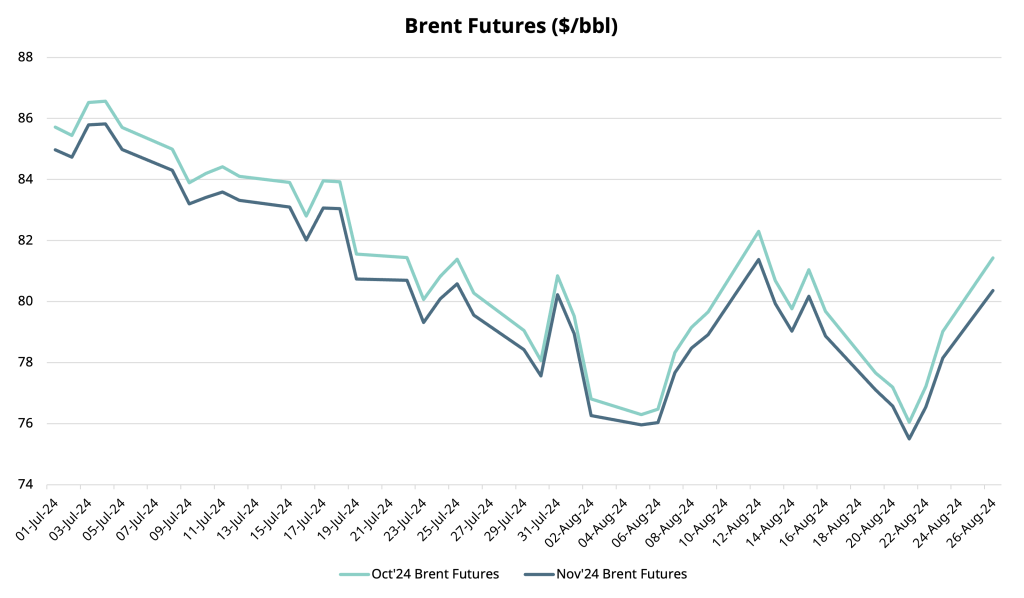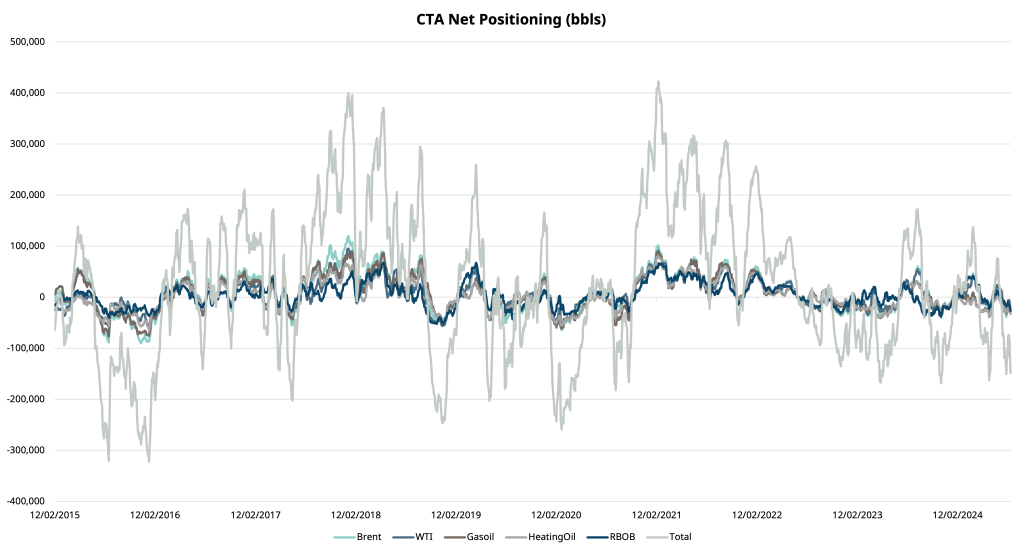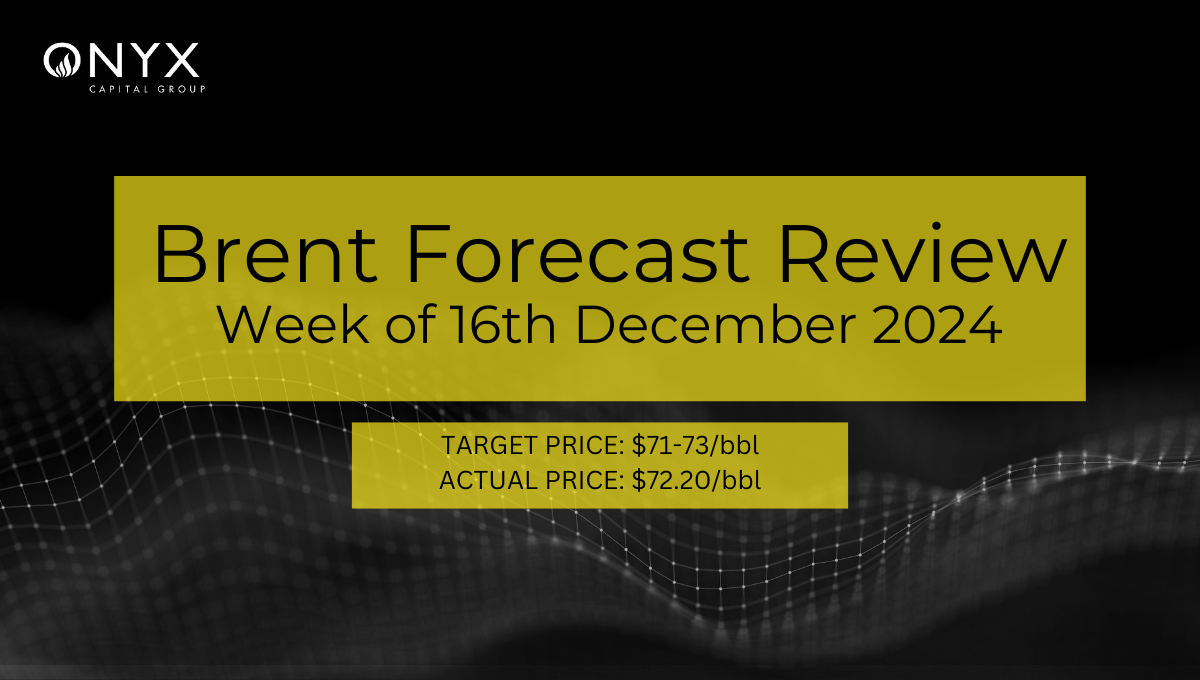We expect Nov’24 Brent futures to end the week trading between $78/bbl and $82.00/bbl in what continues to be a range-bound market, albeit the range is likely to be slightly wider than in recent weeks. Given the excitement around the Fed signalling a policy cut ahead and renewed concerns about geopolitical risk with recent developments in southern Lebanon, Brent flat price is likely to test the upper end of this range as there is ample scope for risk takers to add long exposure given positioning in the recent data still on the historic lows. However, weak economic data will continue to temper sentiment and, in our view, limit the amount of exposure that investors may wish to deploy while potentially leading to price corrections.
- Economic data VS Fed cuts
- Positioning
- Geopolitical risk

The economic data released last week were pretty poor worldwide. US manufacturing CPI dropped to eight-month lows. According to the Conference Board, the leading index for the US economy dropped by 0.6% in July, marking the fifth consecutive monthly decline. There has been a step forward in interest rate cuts in the US, a signal that better demand could be on the horizon. Federal Reserve Chair Jerome Powell took a dovish tone in his Jackson Hole speech, highlighting the need to back a strong labour market as signs of cooling become apparent. He hinted that it’s time for rate cuts, with the timing and pace depending on the latest economic data. This provided some support this week as it was the most dovish we have seen Powell, but the optimism will likely be priced in by now, and the market awaits the next clue from the Fed.
The Brent futures market is very short. ICE COT data showed that in the week to 20 Aug, money managers added 7.8% to their short positions in Brent futures following some buying seen last week. Funds also added short positions in WTI, ICE gasoil and heating oil. There may be restrictions to this bearishness as the net position from CTAs is very short. Onyx’s CTA positioning model shows CTAs net short by almost 150kb. The position is extreme, with rebalancing possible through the addition of length due to Fed and geopolitical concerns
The conflict between Hezbollah and Israel has stepped up with Hezbollah leader Hassan Nasrallah announcing that his group targeted a military base near Tel Aviv, firing over 300 rockets in response to the July killing of top commander Fuad Shukr. In response, Israel’s military conducted a ‘pre-emptive’ strike against Hezbollah in Lebanon, with Prime Minister Benjamin Netanyahu warning that today’s actions are “not the end of the story” in their campaign against the group. With each side having conducted strikes, the usual concern, as always, is whether there will be a tit-for-tat escalation or a new diplomatic initiative to deflate geopolitical risk.



